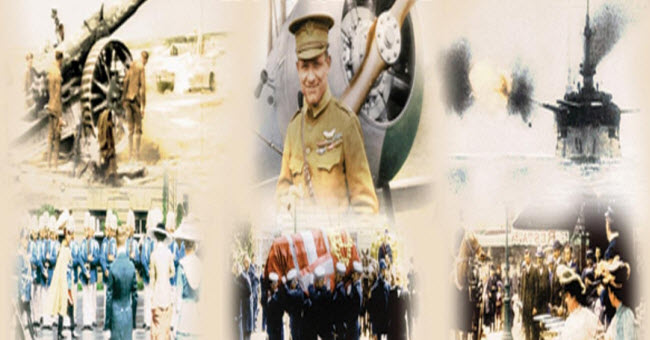World War I, often referred to as the Great War, was a global conflict that raged from July 28, 1914, to November 11, 1918. This monumental struggle involved many of the world’s great powers and had profound consequences on the political, social, and economic landscape of the early 20th century. This comprehensive examination delves into the complex origins, significant events, and far-reaching impacts of World War I, offering an exhaustive look at its significance and enduring legacy.
The Origins of World War I
1. The Geopolitical Context and Alliances
The seeds of World War I were sown in the intricate web of alliances, national rivalries, and imperial ambitions that emerged in the late 19th and early 20th centuries. The unification of Germany in 1871 dramatically shifted the balance of power in Europe. Germany’s ascension as a formidable industrial and military force led to the establishment of various alliances designed to safeguard its interests and counterbalance other major powers.
- The Triple Entente: Formed in response to the rising power of the Central Powers, this alliance comprised France, Russia, and Britain. It aimed to provide mutual support in the event of a conflict with the Central Powers.
- The Triple Alliance: This bloc included Germany, Austria-Hungary, and Italy, and was intended to present a united front against the perceived threats posed by the Triple Entente and their allies.
These alliances created a highly volatile environment where a conflict between any two nations could swiftly escalate into a larger war involving multiple countries.
2. Nationalism and Imperialism
Nationalism and imperialism were powerful forces driving the tensions that led to World War I. Nationalistic fervor stoked competition among nations, especially in the Balkans, where ethnic and nationalist movements aimed to break away from established empires.
- The Balkan Powder Keg: The Balkans were a cauldron of nationalist activity, with various ethnic groups striving for independence from the Ottoman Empire and Austria-Hungary. The assassination of Archduke Franz Ferdinand of Austria-Hungary by Gavrilo Princip, a Bosnian Serb nationalist, acted as the immediate catalyst for the war.
- Imperial Rivalries: European powers were also engaged in a fierce scramble for colonial expansion and dominance. The competition for overseas territories, particularly in Africa and Asia, further exacerbated tensions between the major powers.
3. The July Crisis
The assassination of Archduke Franz Ferdinand on June 28, 1914, triggered a series of diplomatic events known as the July Crisis. Austria-Hungary issued an ultimatum to Serbia, demanding stringent measures to curb anti-Austrian sentiments. Serbia’s partial acceptance of the ultimatum was deemed inadequate by Austria-Hungary, leading to a declaration of war.
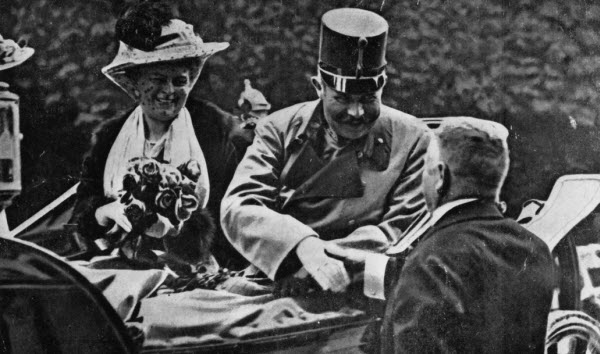
- Mobilization and Escalation: The intricate network of alliances rapidly mobilized. Russia supported Serbia, while Germany backed Austria-Hungary. Germany’s declaration of war on Russia on August 1, 1914, followed by declarations on France on August 3, 1914, and the subsequent invasion of Belgium, drew Britain into the conflict.
Major Fronts and Battles
1. The Western Front
The Western Front became the principal theater of the war, characterized by trench warfare and staggering casualties. The front lines stretched from the North Sea to the Swiss border.
- The First Battle of the Marne (September 6-12, 1914): This battle marked the end of Germany’s initial offensive into France and the onset of trench warfare. French and British forces halted the German advance, leading to a protracted and grueling stalemate.
- Trench Warfare: The Western Front was defined by a labyrinth of trenches, barbed wire, and fortifications. The harsh conditions and relentless artillery bombardments resulted in high casualties and minimal territorial gains.
- Major Battles: Noteworthy battles on the Western Front included the Battle of Verdun (February 21 – December 18, 1916), which saw over 700,000 casualties, and the Battle of the Somme (July 1 – November 18, 1916), known for its immense loss of life and the introduction of tanks in combat.
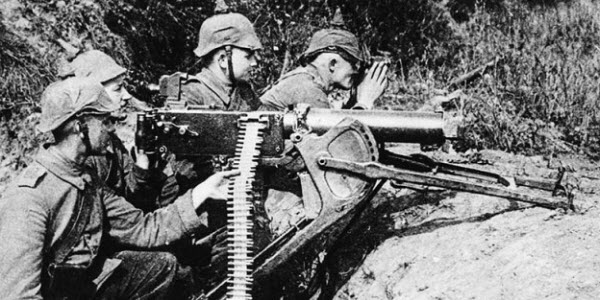
2. The Eastern Front
The Eastern Front stretched from the Baltic Sea to the Black Sea and featured more fluid warfare compared to the Western Front.
- Early Engagements: The initial stages of the Eastern Front saw significant clashes between Germany, Austria-Hungary, and Russia. The Battle of Tannenberg (August 26-30, 1914) was a decisive German victory that severely defeated the Russian Second Army.
- Russian Withdrawals: The Eastern Front experienced several major offensives and counteroffensives. The Russian military faced logistical difficulties and internal instability, leading to a series of retreats and losses.
- The Brest-Litovsk Treaty: The Russian Revolution of 1917 led to the Bolshevik government negotiating a peace treaty with the Central Powers. The Treaty of Brest-Litovsk (March 3, 1918) ceded significant territories to Germany and its allies, allowing them to redirect their focus to the Western Front.
3. The Italian Front
The Italian Front was characterized by mountainous terrain and a series of battles between Italy and Austria-Hungary.
- Initial Engagements: Italy, initially part of the Triple Alliance, joined the Allies in 1915. The conflict on the Italian Front included battles such as the Battle of the Isonzo (June 23, 1915 – November 8, 1917), a series of grueling and inconclusive engagements.
- The Battle of Caporetto (October 24 – November 19, 1917): This significant Central Powers offensive led to a major Italian retreat and the reorganization of Allied forces on the Italian Front.
4. The Middle Eastern and African Fronts
The war extended beyond Europe, with significant engagements in the Middle East and Africa.
- The Gallipoli Campaign (April 25, 1915 – January 9, 1916): An Allied attempt to open a new front by capturing the Dardanelles and Constantinople. The campaign ended in failure, with heavy casualties on both sides.
- Middle Eastern Campaigns: British and Allied forces, including troops from the British Empire and local Arab allies, fought against Ottoman forces in campaigns such as the Sinai and Palestine Campaign and the Mesopotamian Campaign.
- African Theaters: The war also spread to Africa, where German colonies were targeted by Allied forces. The campaigns in Africa involved both military operations and guerrilla warfare.
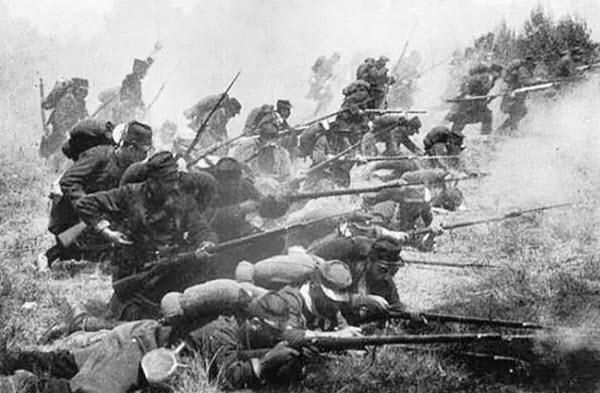
Turning Points and Major Campaigns
1. The U.S. Entry into the War
The entry of the United States into the war in April 1917 marked a decisive turning point in the conflict.
- The Zimmermann Telegram: A secret German diplomatic communication proposed a military alliance with Mexico against the United States. The revelation of the telegram played a role in U.S. President Woodrow Wilson’s decision to declare war on Germany.
- Unrestricted Submarine Warfare: Germany’s resumption of unrestricted submarine attacks on Allied shipping, including the sinking of the RMS Lusitania, galvanized U.S. public opinion in favor of entering the war.
- American Contribution: The arrival of American troops and resources provided a substantial boost to the Allied war effort, contributing to the eventual defeat of the Central Powers.
2. The Russian Revolution
The Russian Revolution of 1917 had profound effects on the Eastern Front and the overall dynamics of the war.
- The February Revolution: The abdication of Tsar Nicholas II and the establishment of a Provisional Government led to political instability and dissatisfaction among various factions.
- The Bolshevik Revolution: The October Revolution, led by Vladimir Lenin and the Bolsheviks, resulted in the establishment of a communist government. The Bolsheviks negotiated peace with the Central Powers through the Treaty of Brest-Litovsk.
3. The Hundred Days Offensive
The final series of offensives by the Allies, known as the Hundred Days Offensive, began in August 1918 and led to the collapse of the Central Powers.
- The Second Battle of the Marne (July 15 – August 6, 1918): The last major German offensive was repelled by Allied forces, marking the beginning of a series of Allied offensives.
- The Meuse-Argonne Offensive (September 26 – November 11, 1918): One of the largest American operations of the war, leading to significant gains and contributing to the defeat of the Central Powers.
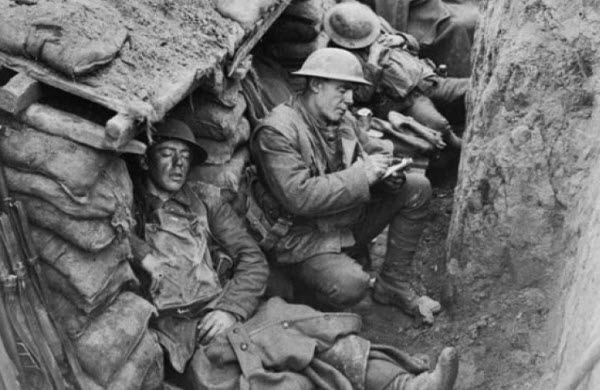
The Aftermath and Consequences
1. The Treaty of Versailles
The Treaty of Versailles, signed on June 28, 1919, officially ended the war and imposed severe terms on Germany.
- Territorial Changes: Germany lost significant territories, including Alsace-Lorraine, which was returned to France, and parts of eastern Germany, which were ceded to Poland.
- Military Restrictions: The treaty imposed stringent limitations on the size and capability of the German military, including reductions in the army and navy.
- Reparations: Germany was required to pay substantial reparations for the damages caused during the war. The economic burden of these reparations contributed to economic instability and political unrest in Germany.
2. Human Cost and Destruction
World War I resulted in approximately 10 million soldier deaths and 7 million civilian casualties. The war wrought widespread devastation, with entire regions of Europe, especially the Western Front, suffering extensive damage.
- Casualties and Losses: The use of modern weapons technology, including machine guns, artillery, tanks, and poison gas, led to unprecedented levels of casualties and suffering.
- Infrastructure Damage: The war caused extensive damage to infrastructure, including railways, roads, and buildings, leaving many areas in ruins.
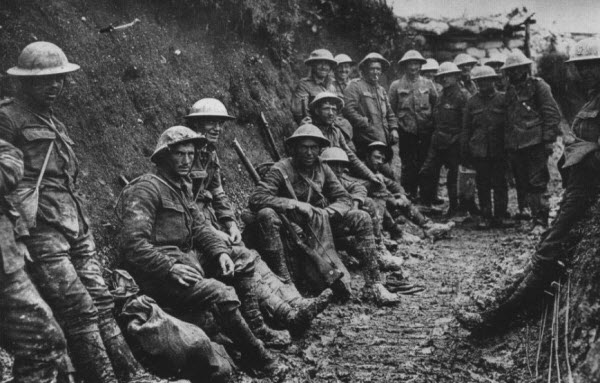
3. Geopolitical Changes
The post-war period saw significant geopolitical shifts:
- Collapse of Empires: The Austro-Hungarian, Ottoman, Russian, and German empires were dismantled, leading to the creation of new nations and the redrawing of borders.
- Creation of New States: The dissolution of empires resulted in the emergence of new states, including Czechoslovakia, Yugoslavia, and Poland.
- League of Nations: Established to promote international cooperation and prevent future conflicts, the League of Nations struggled to maintain peace and was eventually succeeded by the United Nations after World War II.
4. Economic and Social Impact
The economic and social impacts of World War I were profound:
- Economic Costs: The financial burden of the war contributed to the Great Depression of the 1930s. The reconstruction of war-torn areas and the costs of reparations placed a strain on national economies.
- Social Changes: The war led to shifts in gender roles, with women taking on roles traditionally held by men. The post-war period also saw the rise of new political ideologies and movements, including fascism and communism.
- Psychological Impact: The psychological impact of the war, including the trauma experienced by soldiers and civilians, influenced literature, art, and public consciousness.
5. Legacy and Historical Significance
World War I reshaped the global order and left a lasting impact on international relations and society:
- Lessons Learned: The war underscored the dangers of militarism, nationalism, and alliances. The need for effective conflict resolution mechanisms became apparent.
- Ongoing Challenges: The aftermath of World War I set the stage for future conflicts, including World War II. The geopolitical and economic repercussions of the war continued to influence global affairs throughout the 20th century.
6. Cultural and Intellectual Impact
The war had a significant influence on cultural and intellectual movements:
- Literature and Art: The experiences of World War I inspired a range of literary and artistic responses, including the works of war poets like Wilfred Owen and Siegfried Sassoon, as well as the modernist movement in literature and art.
- Philosophy and Thought: The war challenged existing philosophical and ethical frameworks, leading to new discussions about the nature of human conflict and the role of government and society.
- Commemoration: The memory of World War I has been preserved through memorials, museums, and historical research. Annual commemorations, such as Armistice Day, honor the sacrifices made during the war.
